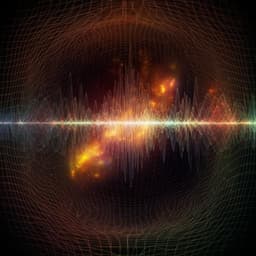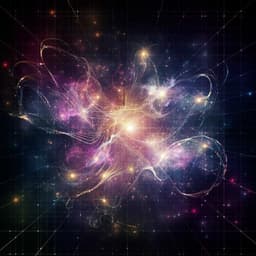
Computer Science
Measuring magic on a quantum processor
S. F. E. Oliveira, L. Leone, et al.
This groundbreaking research by Salvatore F. E. Oliveira, Lorenzo Leone, Aloiscia Hamma, and Seth Lloyd introduces a novel protocol for measuring magic, an essential resource in quantum computing. Their experiments on IBM Quantum Falcon processors reveal new insights into quantum hardware's ability to create states beyond classical simulation, paving the way for effective noise modeling in quantum systems.
Playback language: English
Related Publications
Explore these studies to deepen your understanding of the subject.







